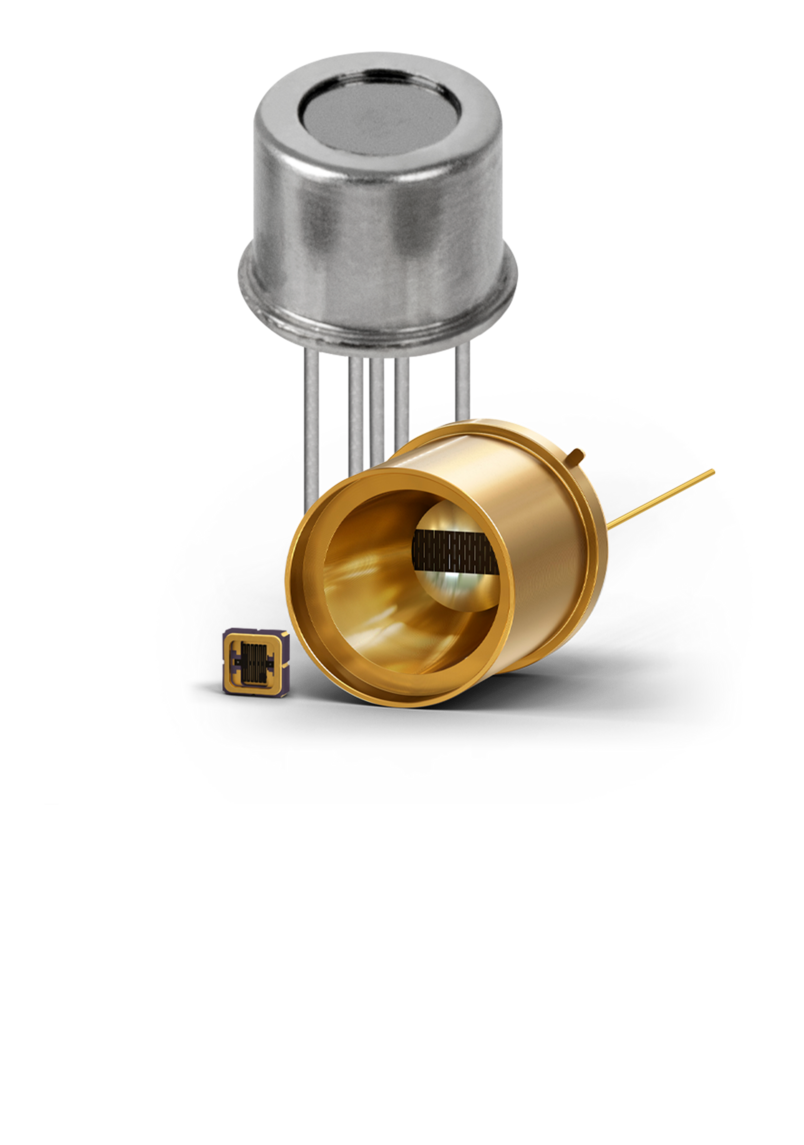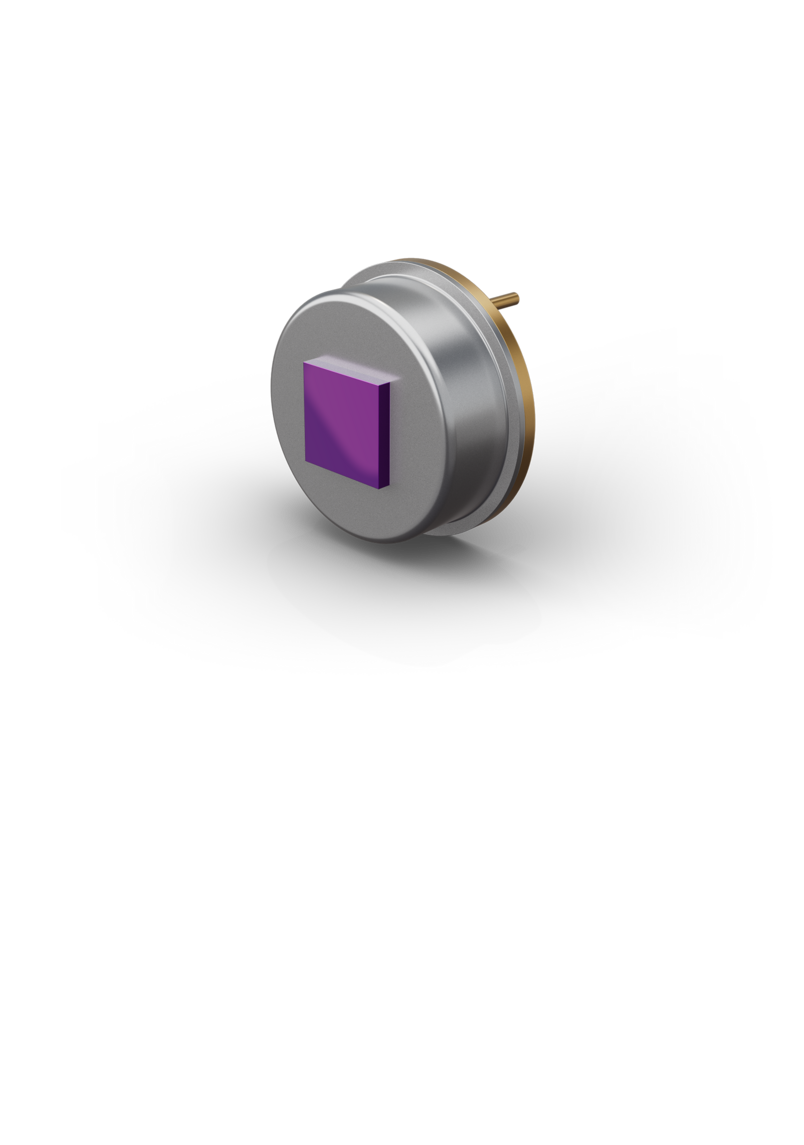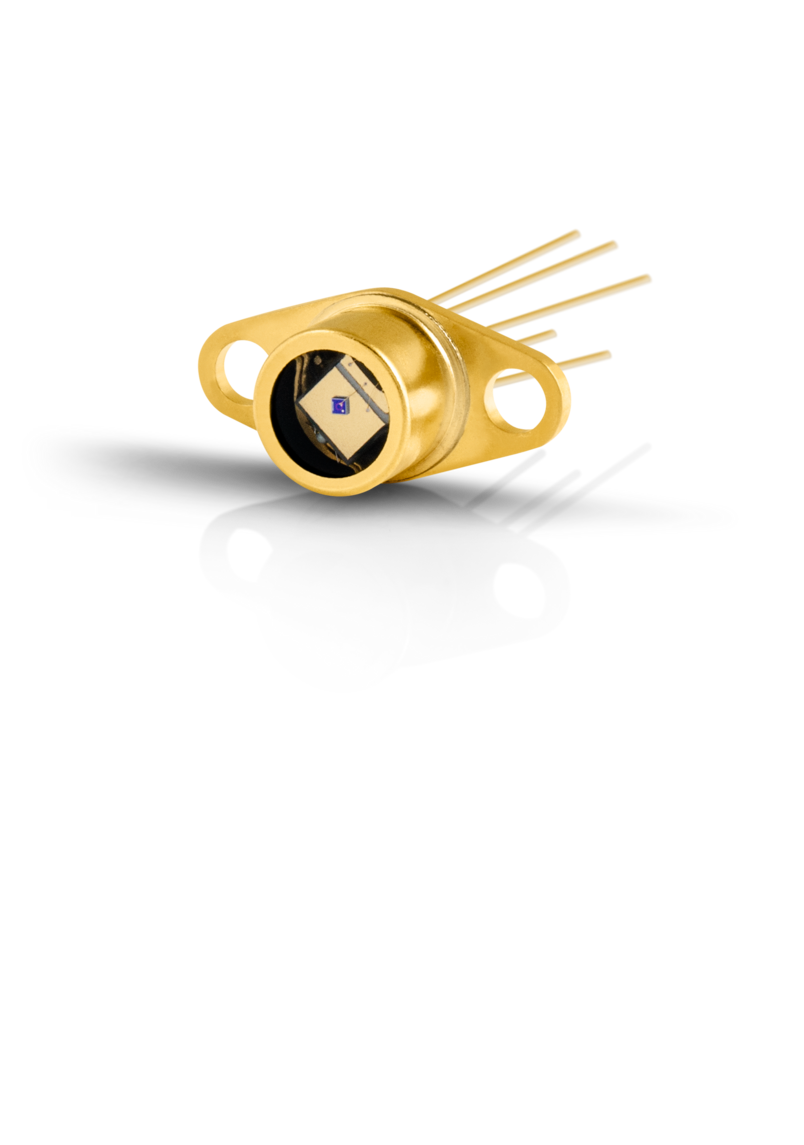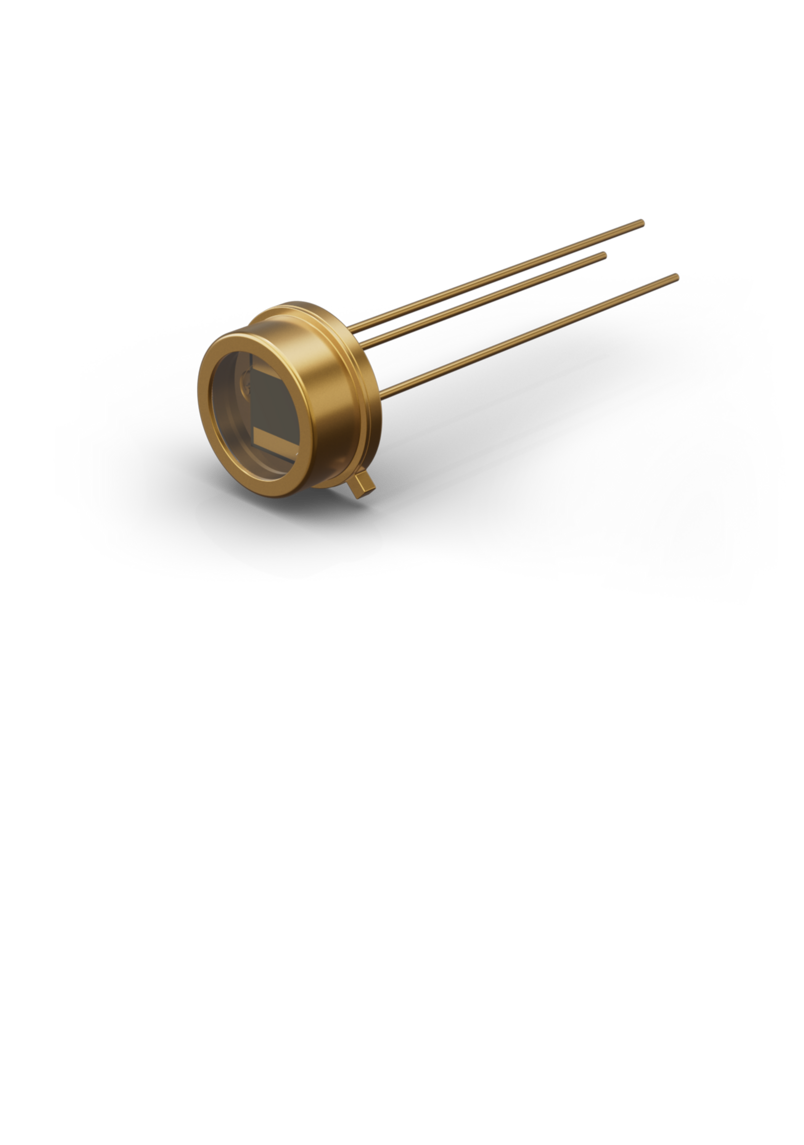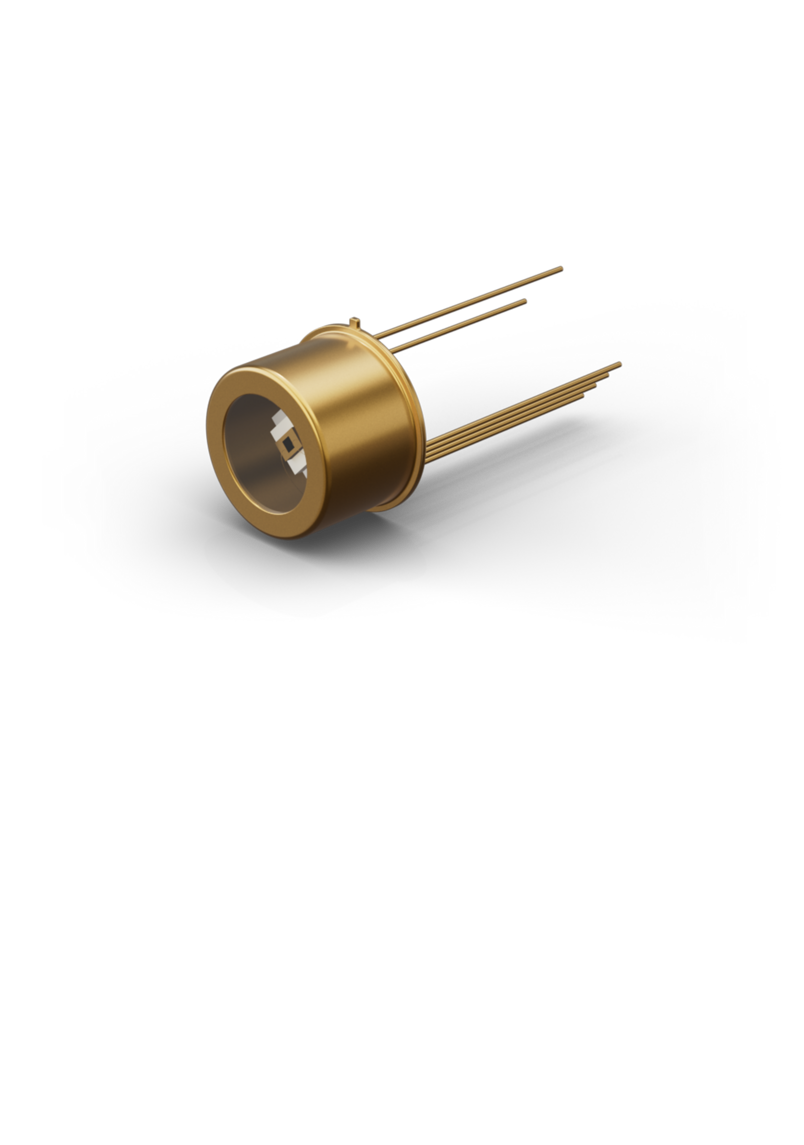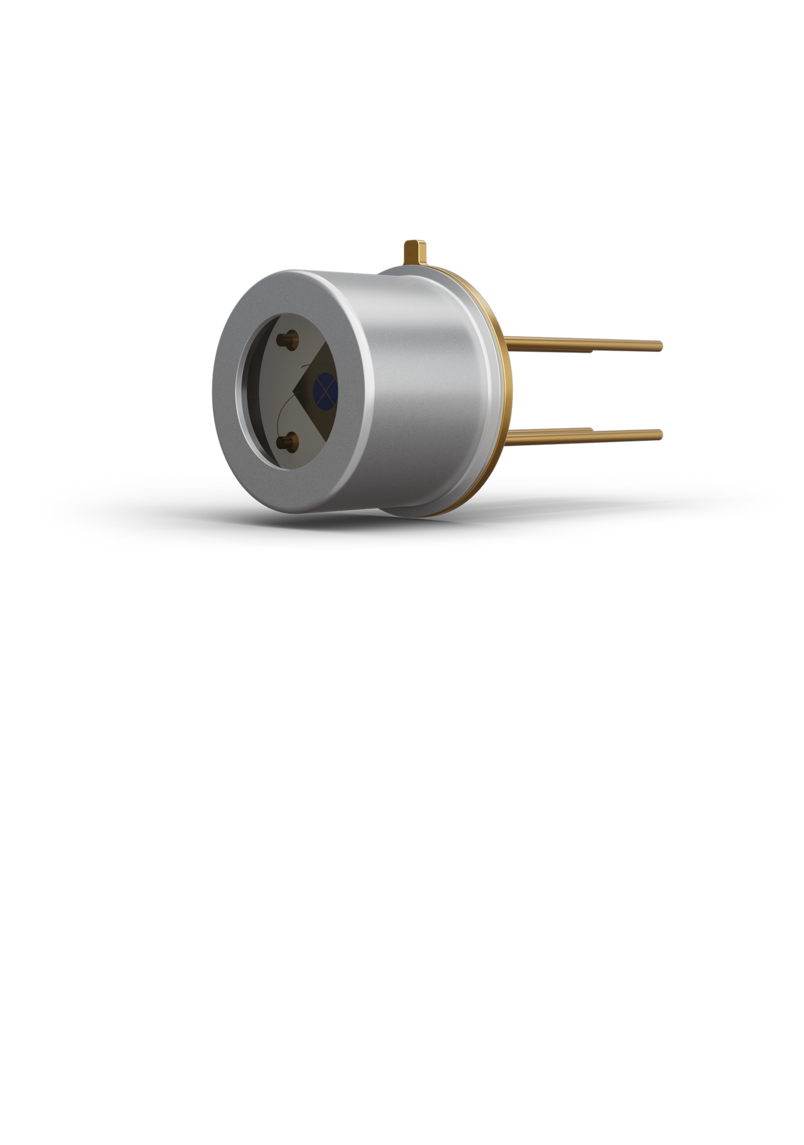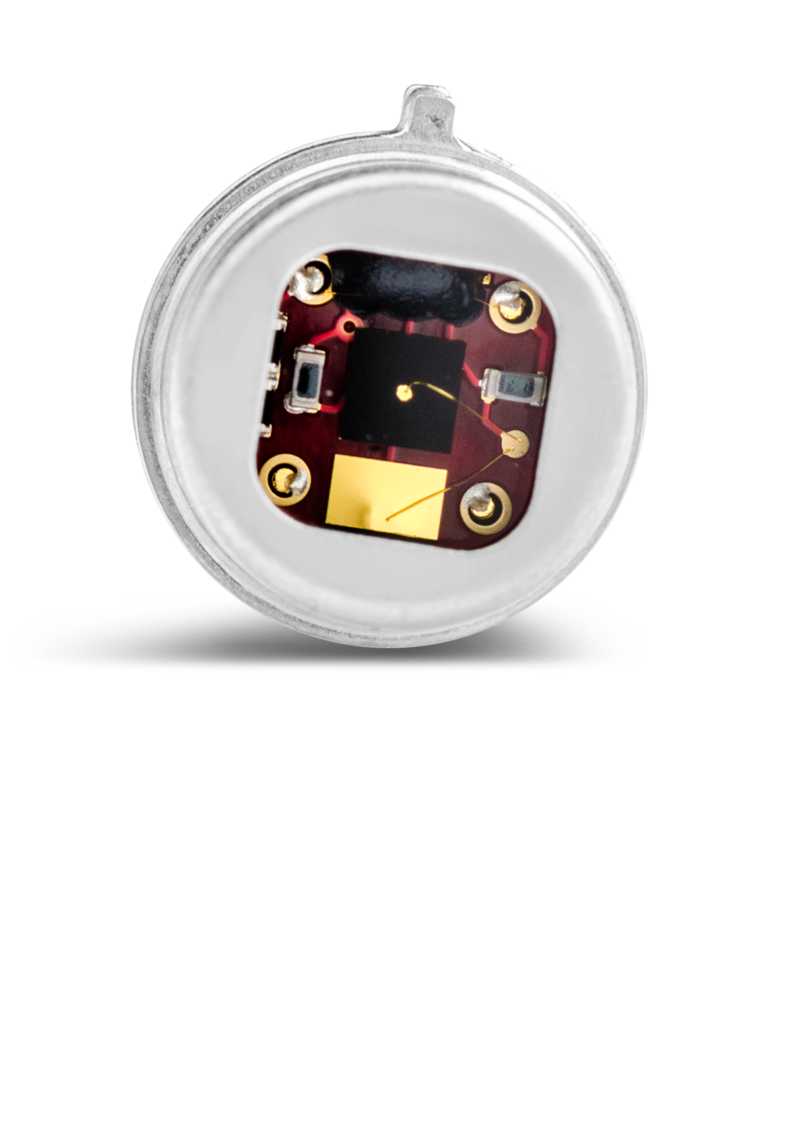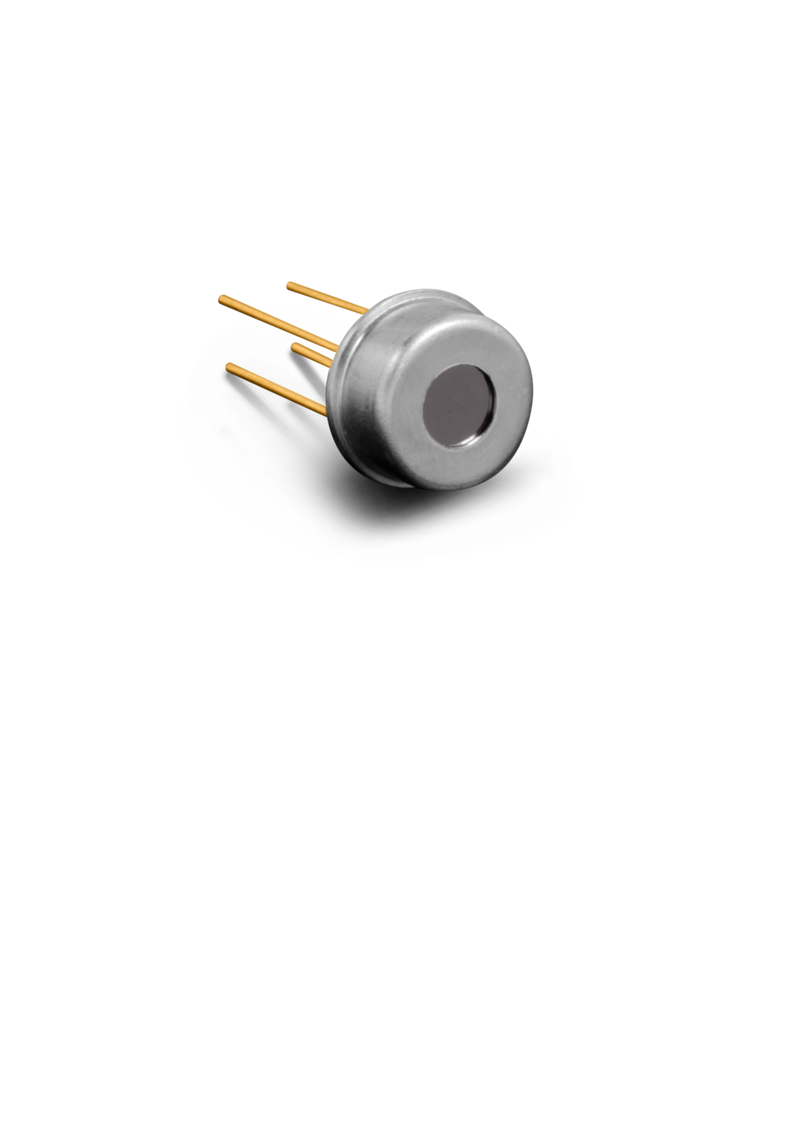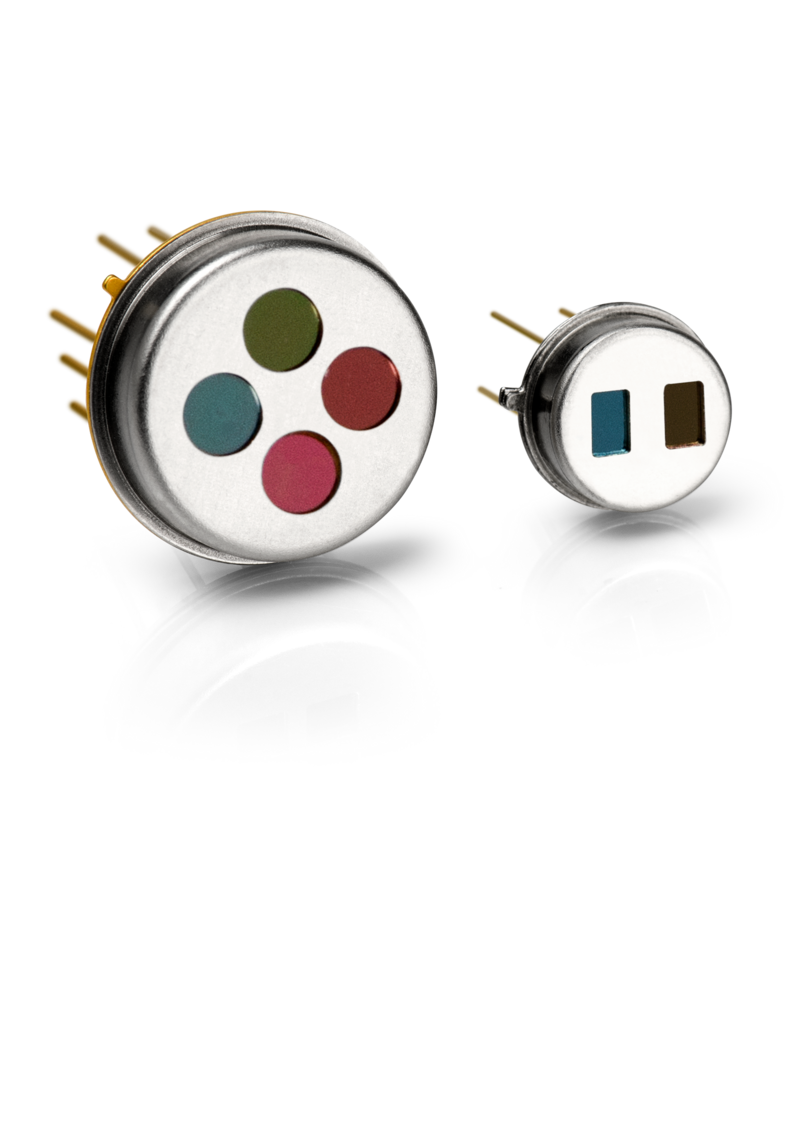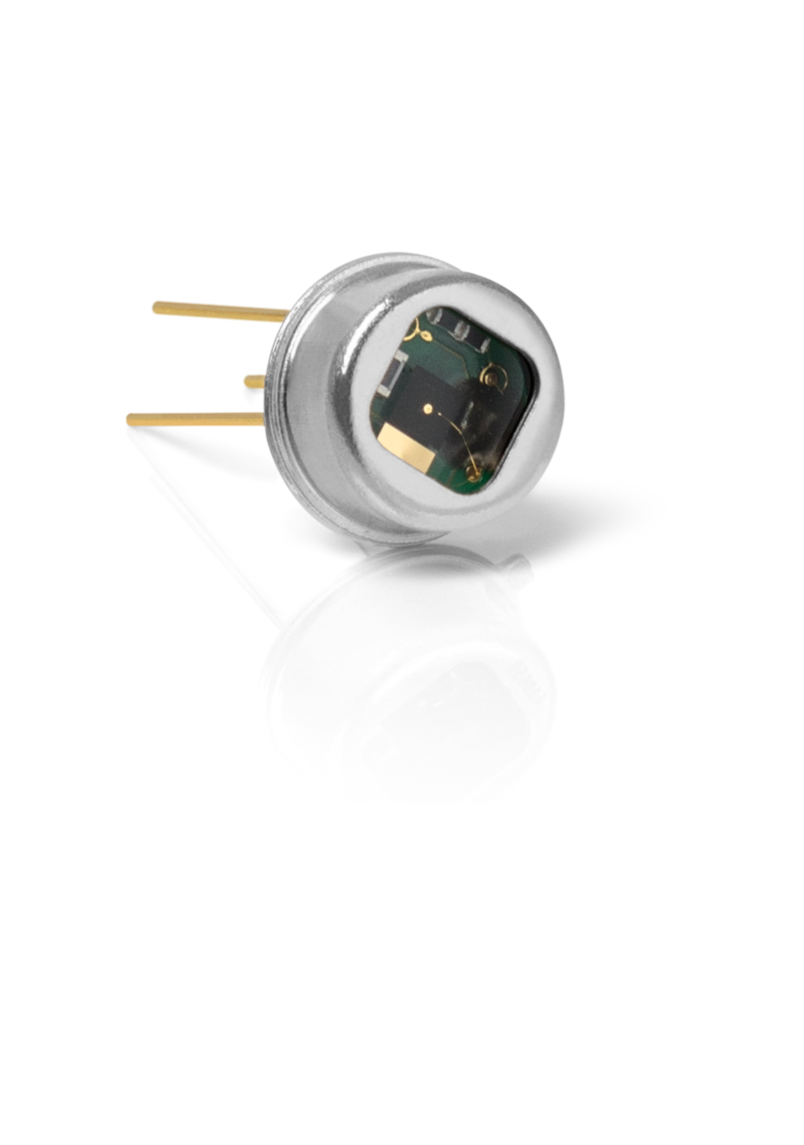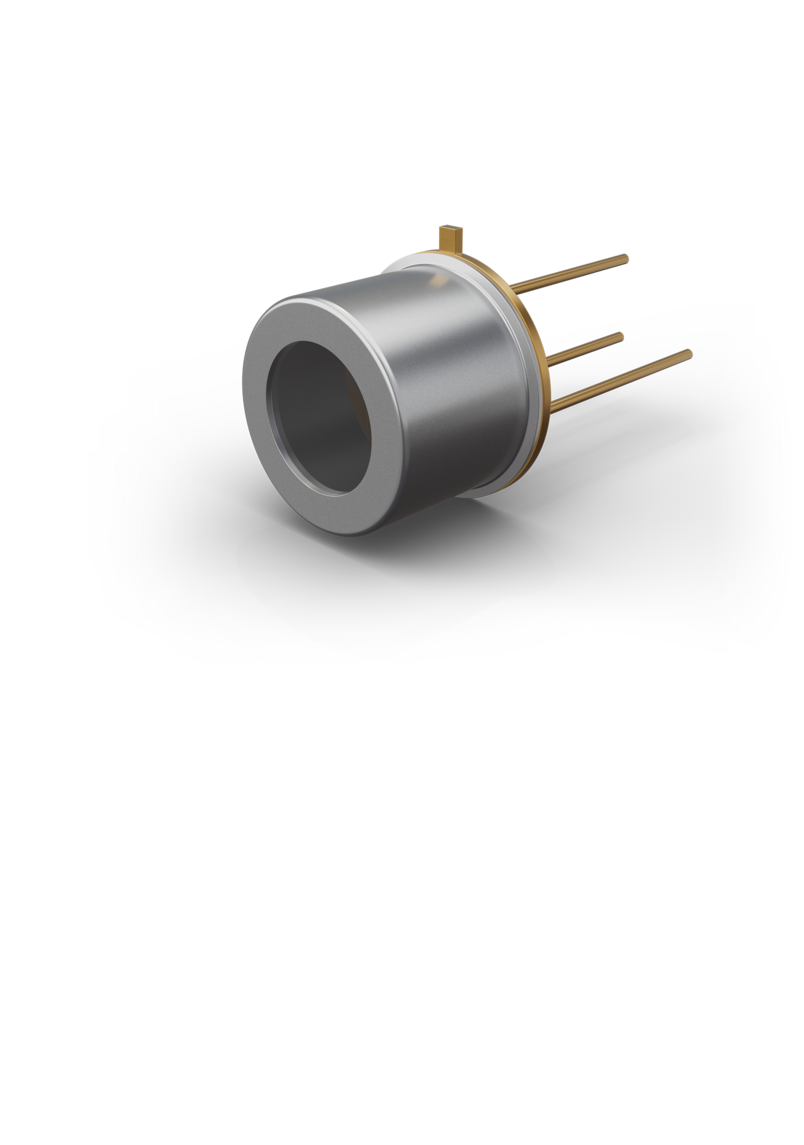Spectroscopy in Food Safety Applications
Food Counterfeiting – A Million-dollar Business
Beyond Borders
Glycol in wine, motor oil in olive oil, horse meat in lasagne – food scandals cause outrage among the population with uncanny regularity; however, these major scandals are only the tip of the iceberg. Food fraud is a million-dollar business! Police, customs, national food authorities, and private-sector partners are now taking joint action against scammers in coordinated campaigns. Representatives from 78 countries worldwide participated in the OPSON VIII operation. Between December 2018 and April 2019, more than 67,000 controls were carried out in ports, airports, and food retail. During these inspections, investigators seized about 16,000 tons and 33 million liters of potentially dangerous counterfeit food and beverages with a total value of more than 100 million euros. Spectroscopy is increasingly being used in analysis to detect the counterfeits. 1
There is hardly a foodstuff that counterfeiters do not use to scam customers. They have various tricks, the most common of which is to mix high-quality varieties with cheap alternatives to increase profits. The best-known example of this is certainly the horse meat scandal of 2013; however, scam artists also like to use this method for fish. There is also often cheating when it comes to information on geographical origin and production methods because if conventionally produced cheaper goods are sold as organic products, there is a great deal of money to be made. A third widespread way to mislead the consumer is to give false information about ingredients. For example, if it says on the packaging that a product is rich in omega-3 fatty acids, then these should also be found in the contents.
Criminal Manipulation
Beyond Borders
At the top of the counterfeiters’ popularity list is olive oil. A veritable cult has developed in recent years around the “extra virgin” quality seal, and consumers are prepared to dig deep into their pockets for high-quality oil. Counterfeiters have the potential to yield high profit margins and are for the most part truly audacious. In May 2019, a counterfeiting ring was discovered in Italy that makes around eight million euros in profits every year; however, the product had very little to do with olive oil. Rather, the oil sold was cheap soybean or sunflower oil, to which chlorophyll and artificial flavorings were added in order to achieve the characteristic color and spicy-bitter taste of olive oil. Every few weeks, over 20,000 liters of the adulterated substance were delivered to restaurants and stores in Germany. The production cost just 1.20 euros per liter. The oil was sold for 5 to 10 euros.²
Insufficient Specifications
Beyond Borders
The quality criteria for olive oil were established early on throughout Europe. In the directive EC 2568/91³ , the EU also recommends various methods of analysis. However, the procedure proposed in the directive has a crucial disadvantage, according to Dr. Christian Gertz from the Maxfry company: “The standard methods listed in the directive are limited to identifying certain markers that indicate manipulation. Counterfeiters are also aware of these criteria and can adapt their products to meet the limit values. Furthermore, other deceptive practices such as false declarations of origin cannot be detected. A high level of security can only be provided by a solution that evaluates a sample in its entirety.”
Molecular Fingerprint
Beyond Borders
The Maxfry company, which is located in Hagen, North Rhine-Westphalia, has developed a process that detects manipulated olive oils with a probability of over 95% – and in a very short time. The basis for this information is provided by data collected with a Fourier transform NIR spectrometer from the Bruker company. Most molecules absorb light in the infrared region of the electromagnetic spectrum and convert this energy into molecular vibrations. Since each molecule is constructed differently and has characteristic vibrations, different ranges of IR radiation can also be absorbed. A spectrometer measures the absorption as a function of wavelength and can thus create a “molecular fingerprint.” This makes it possible to precisely determine numerous organic and inorganic compounds.
For a long time, this method was very complex because each wavelength had to be evaluated individually. This changed with the advent of FTIR and FT-NIR spectroscopy: With these spectroscopic methods, light is guided via continuous broadband sources first through a classic Michelson interferometer and then through the sample. The detector first puts out an interferogram in which all the components of the different wavelengths are summed. This contains all the spectrometric information about the sample. In order to determine the information of the individual wavelengths, the Fourier transformation is performed. This complex calculation is done by a powerful computer, which simultaneously analyzes the spectrum using calibrations. An instrument like the Bruker MPA thus provides all the key figures for a detailed evaluation of the tested olive oil within a very short time.4
Complex Evaluation
Beyond Borders
The taste and quality of olive oil depend on a complex interaction of many factors. One of the most important aspects is the content of free fatty acids. Immediately after harvesting, this content is very low in the olives (approx. 0.1%). Due to biochemical processes, the value increases relatively quickly during storage. It is best if the fruits are pressed immediately after the harvest and contain few free fatty acids. Furthermore, the ratio of glycerides can be measured. The proportion of 1,2-diglycerides is above 90% immediately after harvest and decreases during storage because the substance is converted into 1,3-diglyceride during the production of free fatty acids. Another important factor is the peroxide number. A high peroxide value is considered an indication of natural, unrefined oil. In addition to these three examples, Maxfry’s experts evaluate numerous other factors, such as fat composition and iodine content. They compare the criteria determined with the reference data of over 100,000 known samples. It is not the individual markers that is crucial here but rather their complex relationship to one another. This makes it possible to not only determine the various taste nuances (fruitiness, bitterness, spiciness, and the harmony of these three aspects) but also to make a prognosis about the origin of the oil tested. At the end of the analysis, manipulated olive oils can be identified at a rate of accuracy of more than 95%. In addition, quality, sensory profile, and defects are categorized according to international limits. Thanks to FT-NIR spectroscopy, the necessary data is available after a single measurement process that takes less than two minutes.5
| 1 | www.europol.europa.eu/newsroom/news/over-%E2%82%AC100-million-worth-of-fake-food-and-drinks-seized-in-latest-europol-interpol-operation |
| 2 | www.faz.net/aktuell/gesellschaft/kriminalitaet/150-000-liter-gepantschtes-olivenoel-beschlagnahmt-16187012.html www.sueddeutsche.de/panorama/olivenoel-faelscher-apulien-festnahmen-1.4447808 www.foodsafetynews.com/2019/05/authorities-bust-criminal-ring-dealing-in-yellow-gold-aka-fake-olive-oil/#more-184065 |
| 3 | www.eur-lex.europa.eu/legal-content/DE/TXT/PDF/?uri=CELEX:01991R2568-20151016&from=DE |
| 4 | www.youtube.com/watch?v=aWTu8N6rOFE |
| 5 | www.maxfry.de/fileadmin/maxfry-downloads/DE/Parameter_Erl.pdf |
Extended InGaAs PIN Photodiodes
Beyond Borders

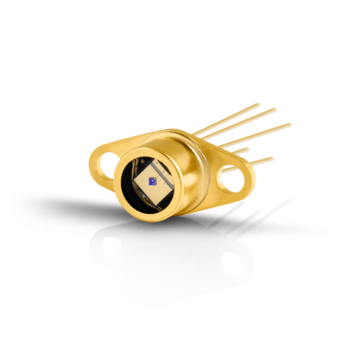
InGaAs photodiodes are particularly well suited for use in FT-NIR spectroscopy. With a spectral response from 850 nm to 2.6 µm, the photodiodes of the IG26 series cover almost the entire wavelength range of the near infrared. They feature a particularly high signal sensitivity, low dark current, and a fast response time. We manufacture versions with active diameters from 0.25 mm up to 3 mm. The diodes are available in hermetic TO packages with and without an integrated Peltier cooler and as an SMD component on a ceramic carrier or as a pure chip.

Click here
Pruduct Information
Beyond Borders
Datasheet
Beyond Borders
LASER COMPONENTS UK - Your competent partner for optical and optoelectronic components in the United Kingdom.
Welcome to LASER COMPONENTS UK Ltd., your expert for photonics components. Each product in our wide range of detectors, laser diodes, laser modules, optics, fiber optics, and more is worth every Pound (£/GBP). Our customized solutions cover all conceivable areas of application: from sensor technology to medical technology. You can reach us here:
Goldlay House, 114 Parkway
Chelmsford Essex CM2 7PR
United Kingdom
Phone: +44 1245 491 499
Email: info(at)



